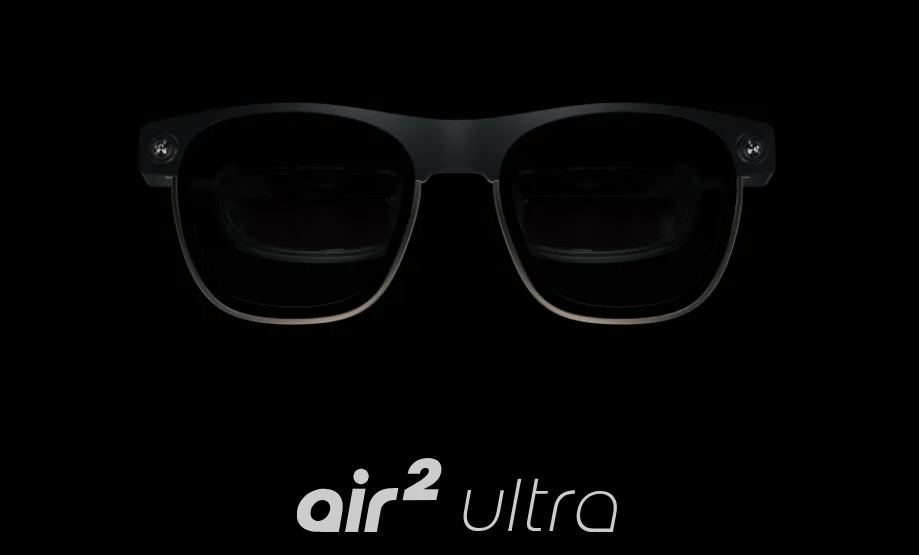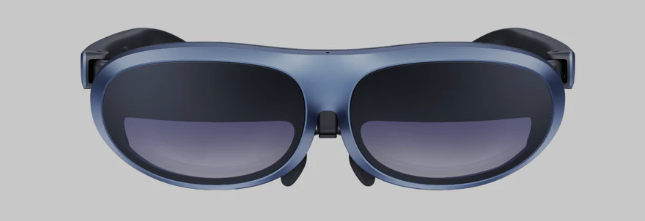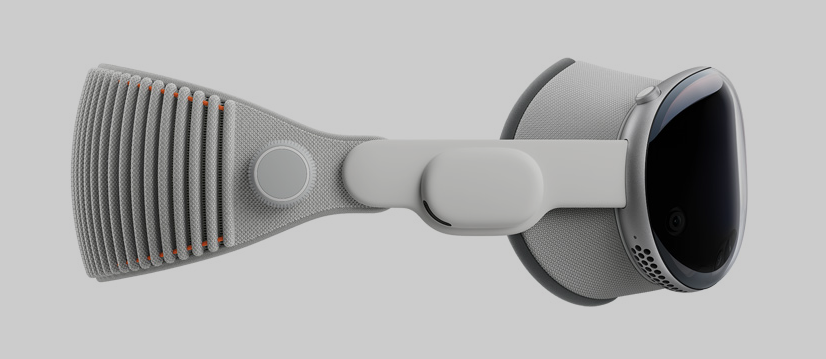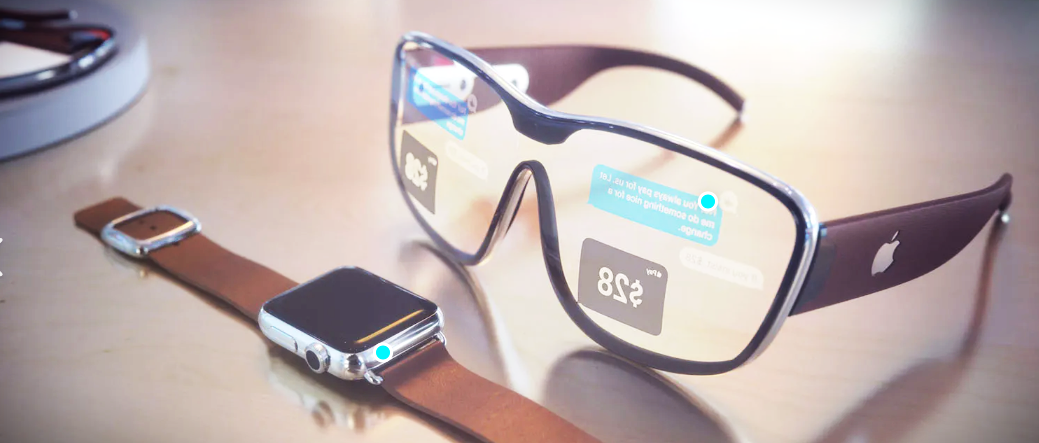Have you ever tried walking around an unfamiliar city with your phone in one hand and a coffee in the other, trying not to look completely lost? Yeah, I’ve been there too. Now imagine that instead of juggling both, you just… look ahead. And your glasses show you a discreet arrow pointing to your destination. No fuss. No screen. That’s where smart glasses are taking us — slowly but surely.
Hi, my name is Ranjit Singh, and we are going to discuss smart glasses for the smart world in this Article of Rousertechnews.com
Back in 2013 or so, when Google Glass came out, it was cool in theory. In reality? A little awkward. People didn’t know whether to be impressed or creeped out. And let’s be honest — they looked kind of ridiculous. But it’s 2025 now. The landscape has shifted. A lot.
What Exactly Are Smart Glasses?
In the simplest terms, smart glasses are, well, glasses — but with tech packed in. Tiny displays, microphones, cameras, speakers… even AI in some cases. You pop them on, and suddenly you’re checking messages, navigating through a new town, or snapping a picture — all without reaching into your pocket.
The idea isn’t brand new. But the execution? That’s what’s finally catching up. Where they once felt like prototypes from a sci-fi movie, today’s smart glasses are starting to feel… kind of normal.
Why Now? What’s Changed Since the Google Glass Days?
Honestly, a lot.
- Tech got smaller. The components inside these glasses used to be bulky and awkward. Now they’re slimmer and almost invisible.
- People are less weirded out. We’ve gotten used to AirPods, smartwatches, and voice assistants. Smart glasses don’t feel so alien anymore.
- 5G and cloud computing. That means more stuff can be done without overheating the device or draining the battery in an hour.
- COVID shifted how we work. Remote jobs, online learning, and hybrid offices made us all appreciate hands-free tech a little more.
It’s kind of like how flip phones became smartphones. The tech evolved, and our habits changed with it.
Which Smart Glasses Are Actually Worth Looking At?
Okay, let’s talk about what’s on the shelf in 2025 — or at least about to hit it.
1. Meta Ray-Ban Stories 2

Not gonna lie — Meta Ray-Ban Stories 2 looks pretty slick. Regular Ray-Bans on the outside, but they’ve got cameras, speakers, and voice control baked in. Great for taking pics on the go or recording your travels. Still kind of limited on the AR side, though.
2. XREAL Air 2 Pro

If you’re into the idea of floating screens (watching Netflix on the train, anyone?), XREAL Air 2 Pro is for you. It plugs into laptops or phones and creates a sort of virtual monitor in front of your eyes. Surprisingly comfy, too.
3. Rokid Max

Rokid Max lean more toward entertainment and business presentations. Think: PowerPoint, videos, or working in a café without pulling out a second screen. Nerdy but useful.
4. Apple Vision Lite (coming soon?)

Apple hasn’t officially dropped Apple Vision Lite yet, but rumours are flying. Word is, they’re working on a lighter, glasses-style version of their Vision Pro headset. If it integrate with iPhones and Siri? Game changer.
How People Are Actually Using Smart Glasses
Forget the tech specs for a minute. What matters is how these things fit into real life.
- Cyclists and walkers use them for turn-by-turn navigation — super handy when your hands are full.
- Doctors and surgeons are using them in operating rooms to keep patient data visible without turning away.
- Retail workers and warehouse staff use AR overlays to scan items, check inventory, and move faster.
- Teachers and students are experimenting with 3D models and live feedback.
- Tourists? They’re translating menus or identifying landmarks on the fly.
So yeah, it’s not just hype. These use cases are real and growing.
Let’s Talk About the Elephant in the Room: Privacy
Okay, now for the uncomfortable part. Can someone record you without you knowing? Sure, if they’re wearing the wrong pair of glasses. That’s a legitimate concern — and it’s one reason smart glasses got such a bad rap early on.
Some models now include a little LED that lights up when recording is on. Others limit what you can do with the camera. But still, it’s a gray area. We’re kind of building the rules as we go.
There’s also the issue of data. Where is it stored? Who owns it? Can it be hacked? Honestly, we need stronger privacy laws before these devices go fully mainstream.
Are Smart Glasses the Future or Just a Fad (Again)?
Let’s not get ahead of ourselves. Not everyone’s going to rush out and buy a $1,200 pair of AR glasses. But we’re getting close to a tipping point.
In the next couple of years, I wouldn’t be surprised if smart glasses become part of everyday life, especially for:
- People who work on the go
- Students and remote learners
- Content creators
- Travelers
- Tech-forward businesses
And the next generation? Kids growing up today are going to see glasses that talk back to them as completely normal. Kind of like how we got used to phones that take better pictures than cameras.
Conclusion
Smart glasses aren’t perfect — yet. They still have short battery life, not everyone loves the look, and yeah, they’re expensive. But they’re also improving fast.
Whether it’s helping you find a café in Paris, giving you hands-free access to your notes, or guiding a surgeon through a complex procedure, these glasses are finally finding their place.
So if you’ve been on the fence, maybe it’s time to take another look.

